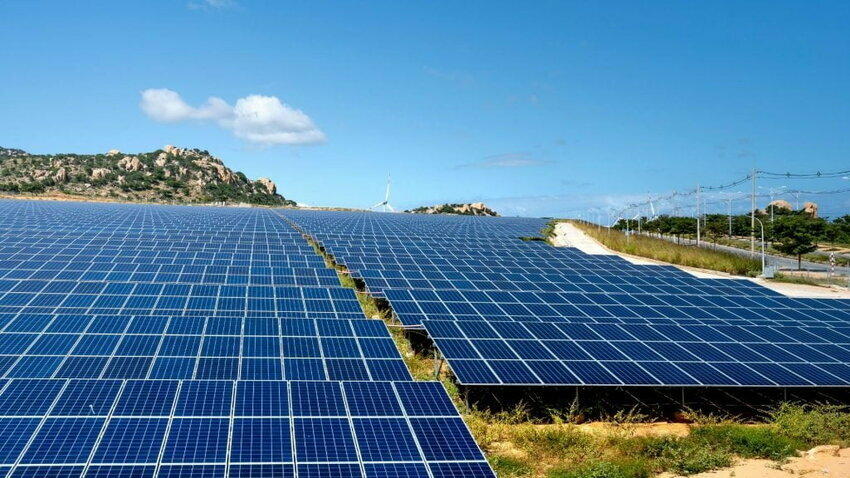 (Credit: Canva)
(Credit: Canva)The U.S. solar industry is adding 52% more capacity in 2023 compared to 2022. That’s a record of 32 gigawatts added, according to the U.S. Solar Market Insight Q3 2023 report by the Solar Energy Industries Association (SEIA) and Wood Mackenzie.
The report underscores the recent boost to the solar industry following a few years of supply chain challenges, brought on by the COVID-19 pandemic. In addition, the Inflation Reduction Act created several new incentives for the industry and funding opportunities to boost capacity.
Specifically, Wood Mackenzie expects total operating solar capacity to grow from 153 GW today to 375 GW by 2028, the company said in the report. Wood Mackenzie is a global research and consultancy group for renewables, energy, and natural resources.
“In the year since its passage, the IRA has undoubtedly caused a wave of optimism across the solar industry. Announcements for domestic module manufacturing have exploded, promising more stable solar module supply in the future,” Michelle Davis, head of global solar at Wood Mackenzie, said in a statement. “Now the challenge becomes implementation–the industry is waiting for clarity on several IRA provisions before moving forward with solar investments.”
New domestic manufacturing investments are expected to improve supply conditions over the coming years, with the solar module manufacturing output increasing to 10 times higher than it is today by 2026 if factory announcements materialize.
One area that has seen significant growth is the residential solar market, which saw the largest quarter of growth in the second quarter this year. The growth was partially spurred by customers in California rushing to install solar before changes to the net metering rules took effect. The residential and utility-scale markets grew by 1.8 GW and 3.3 GW during the second quarter.
Beyond California, Florida saw huge growth in solar in 2023, installing 2.5 GW of new capacity in the first half of this year. That’s 52% higher than California, which is the next highest state. In addition, it’s more solar than Florida has ever installed in a single year.
However, the commercial market saw a decline during the same three-month period, likely due to a backlog of project interconnection, as well as a need for more clarity on the IRA’s tax credits.
“The United States is now a dominant player in the global clean energy economy, and states like Florida, Texas, Ohio and Georgia are at the forefront of this job growth and economic prosperity,” SEIA president and CEO Abigail Ross Hopper said in a statement. “The solar and storage industry is delivering abundant clean energy that is generating tens of billions of dollars of private investment, and this is just the tip of the iceberg.”
According to the SEIA, solar investments have been rising in the U.S. for a while now, but the latest investments have brought the industry to another level.